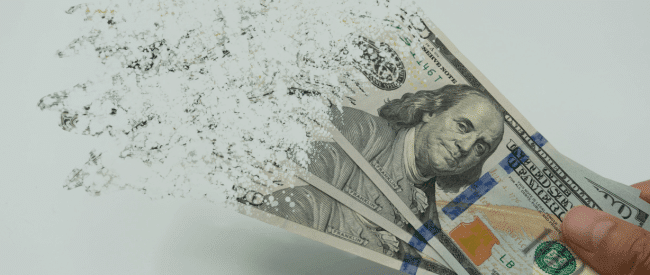Monthly bills and payments have become flashpoints for more people as they struggle to make ends meet. Spending for the upcoming holiday season is only likely to make the situation worse.
The economic shock of high interest rates and high inflation is reverberating from mortgages/rent, vehicle loans/leases and insurance premiums to HOA, medical and utility bills.
Cars are a case in point. With average new-vehicle purchases topping $48,000, the cost of owning, financing, insuring and maintaining new cars is averaging more than $1,000 a month, up 13% from last year, according to AAA.

With the mainstays of life costing more, often a lot more, a growing number of households are picking and choosing what bills to pay each month. As a result, delinquencies for car, credit card, utility, mortgage and other payments are rising.
Leverage CCM and EBPP technologies to optimize billing and payments
Billing and payment operations cannot solve all the affordability issues at their companies or in the economy, but they can take steps to keep revenue coming in and to lower costs. The key is delivering the kinds of experiences that move your bills into the pay-now vs pay-later pile.
Cloud applications for personalizing consumer billing and payments make those preferred experiences possible. Auto lenders can learn how CCM and EBPP technologies can address the growing affordability issues in our new white paper Drive More Effective Auto Finance Communications and Payments. But the primary strategies apply across industries.
Choice and convenience
Making it fast and easy to receive and pay the bill goes a long way. In fact, 14% of all adults and 23% of millennials prioritize bills that are easiest to pay, regardless of other factors, according to a July 2023 survey by PYMNTS and Mastercard.
The catch, of course, is catering to what each customer considers convenient. Plenty of people still want paper bills sent by mail and to pay by check, but growing numbers insist on digital options including email, text messaging and digital and mobile payments. Omnichannel customer communications management and electronic bill present and payment capabilities enable catering to each customer’s preferences.
Personalization
Customers are expecting not only personalized communications and payment channels, but personalized communications content, payment methods, offers and more. More than 7 out of 10 people expect companies to personalize interactions, according to a 2021 McKinsey study. Importantly, companies that grow faster are driving 40% of their revenue from personalization compared to slower-growing firms.
Digital-first
Not only does a digital-first approach improve CX for many consumers, but it can generate meaningful cost savings. Companies can use mailed bills and online portals to encourage digital adoption, which will reduce paper, printing and postage costs. Self-service capabilities also can decrease call-center volume.
“As a result of boosting self-service options, the need for agent assistance for three key administrative tasks has dropped by 50% during the past several years. Copies of statements, payment history and payoff letters are now available on our customer portal,” said Daniel Baggett, senior vice president of compliance and loan servicing at SAFCO, a nationwide auto lender and Nordis client.
Playing the long game
Companies can creatively and strategically leverage bills and other communications to further improve consumer engagement and payments as well as satisfaction and retention.
Expand outreach beyond bills. Either in the monthly statements or additional communications, lenders can reach out with special offers, such as auto and mortgage refinancing deals once rates drop. Or provide relevant information, such as tips for making the most of your timeshare vacation stay.
React to changing economic and business conditions. Get ahead of potential problems or quickly respond to changing circumstances with updated or new communications. During tough economic times, companies could highlight customer service options and any hardship programs and encourage consumers to come forward if they are having payment problems.
Engage with customers who are behind on payments. Instead of waiting for consumers to contact them, creditors should proactively communicate with those who are late on payments. Consider offering some temporary options, such as accepting partial payments, or payment plans, for a set period. It helps to move quickly with timely communications to address the problem instead of waiting.
Our suite of Expresso applications allows you to expand or add these strategies even as it simplifies the growing complexity of developing, personalizing and managing communications and payments for each customer.
If you would like to learn more, please contact us.
